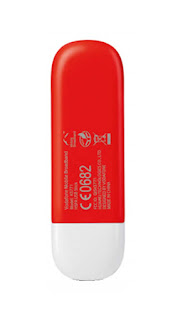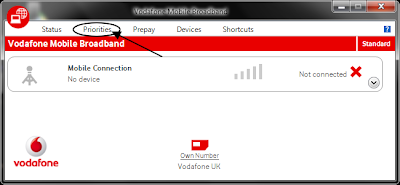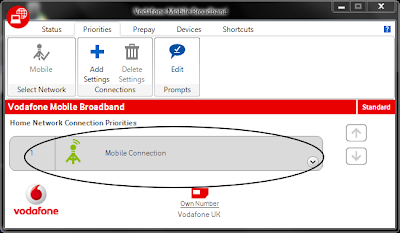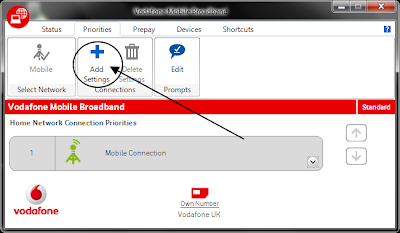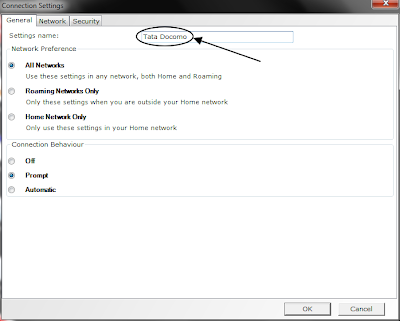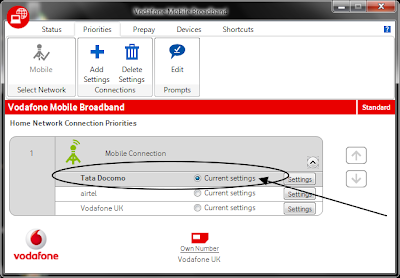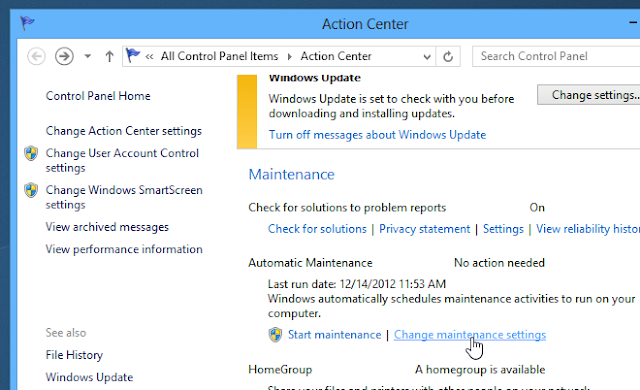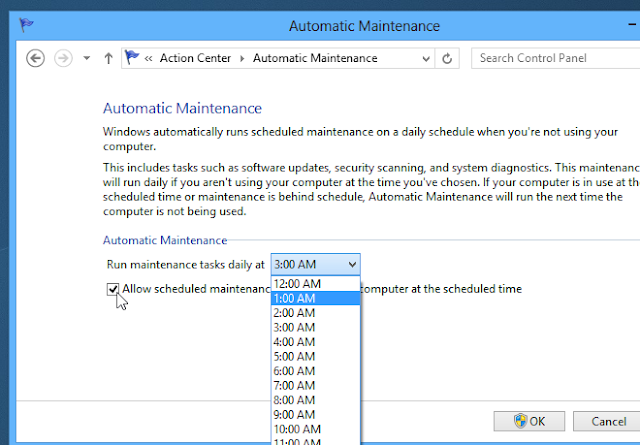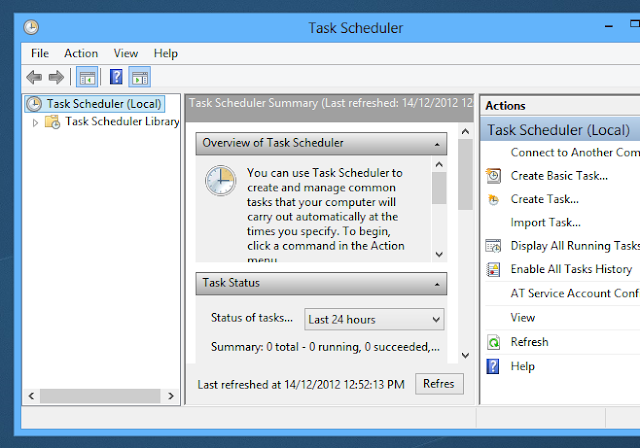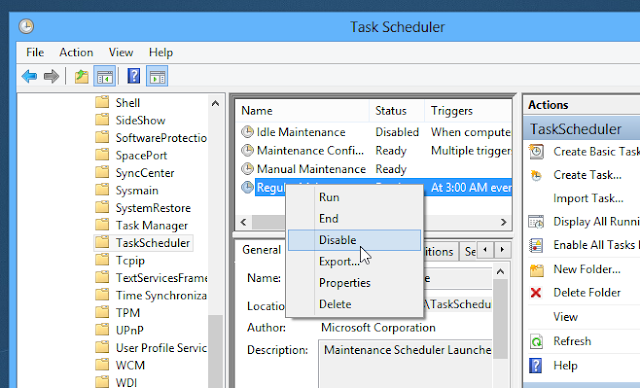Hello friends Here in this article i will tell you why
windows 8 is better then windows 7?And How it provides best graphical user interface?
Where’s the Start button?
With most versions of windows, the
Start button, located in the bottom
left of the screen, was how you launched all your programs and found the
majority of your files.
Windows 8 doesn’t have a physical start button,
rather the new tile interface is the start menu. Now you just swipe to
the tile/program, and click it to open.
For small businesses looking to introduce
mobile apps targeted at
tablet or other large touchscreen users, or integrate tablet devices
into the office, Windows 8 makes sense. For most other companies, the
adoption and learning curve may take time to get used to. Most users we
talked to agree, but note that once they get used to it, it’s great.
Windows 8 changes the desktop
The biggest change Windows 8 brings is the change to the desktop layout.
Windows 8 defaults to a new touch-oriented layout that uses tiles
similar to the ones found on their Windows Mobile operating systems.
This change is an indication that Microsoft is going to be throwing
considerable weight into the post-pc era, where devices like tablets and
touchscreens work beside or replace conventional PCs.
This change from a file and folder oriented desktop to a tile
oriented one could intimidate users who are unfamiliar with a mobile OS,
or are less than comfortable with computers. It’s not like a user
comfortable with XP or Windows 7 will be completely lost, as all of the
existing programs that were icons on your desktop are now tiles with the
icon clearly visible.
For those who are really uncomfortable with the new interface,
pressing the Desktop tile will take you to the more traditional desktop
Windows users might be more comfortable with. The best way to think of
the desktop interface is Windows 7 with a mobile-ish overlay. Windows
has noted that most Windows 7 programs will work just fine on Windows 8,
however custom made programs may have issues and need to be upgraded to
support the new layout. If you use custom made software, it is a good
idea to contact the vendor/developer before upgrading.
Any new useful features?
There are a number of new features that many businesses will benefit
from with adoption. Windows 8 focuses on collaboration and mobility more
than almost any other OS. On the control side, administrators have a
program called AppLocker which enables adminstrators to easily control
employee’s access to files and programs, while pushing out updates to
all computers at once.
Another interesting feature is that Windows 8 supports profile
syncing through the cloud and USB sticks. Employees can sit down at any
workstation, sync their profile and have access to their own system’s
layout quickly and easily. Alternatively, they can use USB sticks to
save their Windows session and have access to it when they plug in the
USB. This makes the OS a lot more mobile.
While there are features of Windows 8 that businesses will utilize,
it’s the programs that will define the success of this OS. Many
businesses still use Microsoft XP and Microsoft has essentially stopped
support for it. You’ll come across some issues when upgrading Microsoft
programs. For example, if you use XP in the office and want to upgrade
to Office 2013, you’ll have to upgrade to either Windows 7 or 8
(Microsoft would prefer it if you picked Windows 8).
This decision will force all vendors and software developers to
either write two programs, one that supports XP, and the other that
supports Windows 7 and 8. Most developers will likely just chose to drop
support of XP. Essentially, this will force businesses to upgrade if
they want support.
What about RT?
With the release of Windows 8, Microsoft also released a tablet oriented
OS that’s based on Windows 8, Windows RT. The only difference is RT
doesn’t run Windows desktop programs, rather it’s configured to run RT
specific or cloud versions of programs. This could hamper collaboration
between devices that run the two different systems. In other words, if
you’re looking to upgrade, ensure the systems you choose are compatible.
There will be a flood of Windows 8 tablets – tablets using Windows 8,
not RT – and ultrabooks in the next few months.















